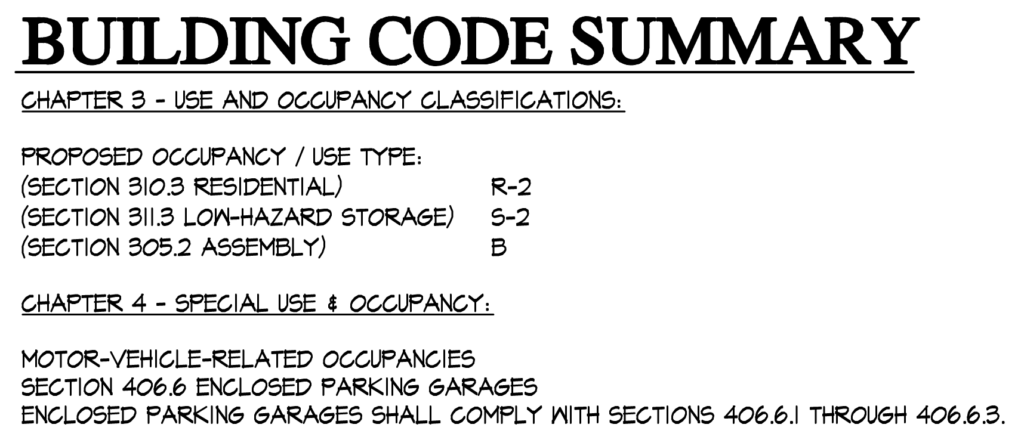Working Together by Jonathan Clark
Happy New Year!
As we move into the new year I hope we take a moment to reflect on the previous year and look optimistically into the new year.
This being my first article for ARCHnews, I wanted to take a moment to introduce myself. I am a California native and have lived in the East Bay for most of my life. I decided to pursue a career in architecture shortly after I finished high school, but took a few years for personal reasons to really get on the path. I got my 4-year degree from UC Berkeley after transferring from a junior college. I interned for a summer during school and then came on full-time at SDG Architects, located in Brentwood, CA, immediately after graduating. I have been here ever since working my way up the ranks through many projects and responsibilities. This year will mark my tenth year being licensed. When people ask me what I do as an architect, I usually tell them that I am more of a technical architect. I take the pretty pictures and make them real. Make them buildable.
For much of my career I have been involved in the design development through construction administration portion of projects. As such I have spent a portion of that time researching, understanding, analysing, and applying the building code to a variety of projects. Most of my experience is in residential projects using both the California Residential Code (CRC) and California Building Code (CBC). The last few years I have worked on a number of mixed use projects that really make code understanding and application interesting.
Which brings me to my topic, Working Together. In architecture working together can be applied to so many different aspects of the industry. Coworkers, clients, consultants, the public, etc. I want to focus on working together with the various building departments that have jurisdiction over our projects. For most of our projects that is either a city or county building department (and many 3rd party plan check companies that are hired by these jurisdictions).
When I first started working, I worked on mostly single-family production homes. We would put together what is referred to as a “builder’s set” of construction documents and submit them for permit review. We would usually receive a handful of plan check comments that could be quickly addressed. Occasionally, we would be asked to clarify significant areas because of how the plan checker was interpreting and/or applying the code. Looking back now I feel that the attitude going into responding to the comments was defensive and argumentative. Plan Checkers don’t always thoroughly understand what the code is requiring, therefore they don’t understand how to apply the code correctly. It becomes the Architect’s responsibility to explain how the design complies with the code. Sometimes that approach worked. Sometimes it didn’t work. And other times it took significant time and effort for it to work. This approach does require the Architect to have a thorough understanding of code.

A few years later I was working on a project in San Francisco with a design architect whose experience was mostly with the City of San Francisco Building Department. While we were figuring out logistics with how the City was going to process our project, this architect suggested that we include a sheet that summarizes the various code sections applicable to the project so that we communicate upfront how we were applying the code. Hence, the Building Code Summary sheet was born in our office. This sheet would outline as clearly as possible the process of applying the appropriate code sections to the project. If calculations were needed to show compliance with certain code sections, they would be shown here. Each project is different and the amount of code compliance would vary and be tailor to a particular project. But the goal of this sheet was to communicate as effectively as possible what is going on to help the plan checker understand how a project was approaching and complying with the code. We were trying to work together with the plan checkers by providing them clear, straightforward code compliance documentation in one location.
As Architects we want consistency on the basic interpretation and application of the code. This sounds like a good thing, but we know that every design is unique and may require a slightly different application of the code. A quick example is whether or not an opening at a porch should be considered an opening in an exterior wall that would be subject to opening percentages based on separation distance as outlined in CBC 705.8. This issue can severely impact the design of a project. If there are any essential code applications to a project, a prudent approach that I still advocate for is to approach the building department earlier in the design process to get clarification on gray areas of the code. Many jurisdictions allow for and welcome “Pre-Application Meetings” to discuss code compliance approaches.

About four years ago I was on the phone with a plan checker about some fire rating issues that I was very confident were correct and was explaining our approach to the plan checker, when he said, “Okay. I will take it to my code group and see what they say.” What!? There is a code group? Sure enough there is a local ICC committee that promotes consistency across the various jurisdictions in the Bay Area. It is the Tri-Chapter Uniform Code Committee (TUCC). It is made up of individuals, mostly from various jurisdictions, that come together once a month to discuss code questions and interpretations in an effort to promote consistent code application for those attending. I was excited to learn of this group and asked if I could attend. I have been attending regularly since the fall of 2018.
For the last three and a half years I have listened, discussed, and shared opinions about various code issues. What I have learned the most is that we are all just trying to do the right thing. Understand the code, apply it how it was meant to be applied, and provide a safe building for everyone to enjoy. We might look at things from different perspectives. That is okay. In the end it is so much easier to work together.
Jonathan Clark
Architect | Principal




Responses